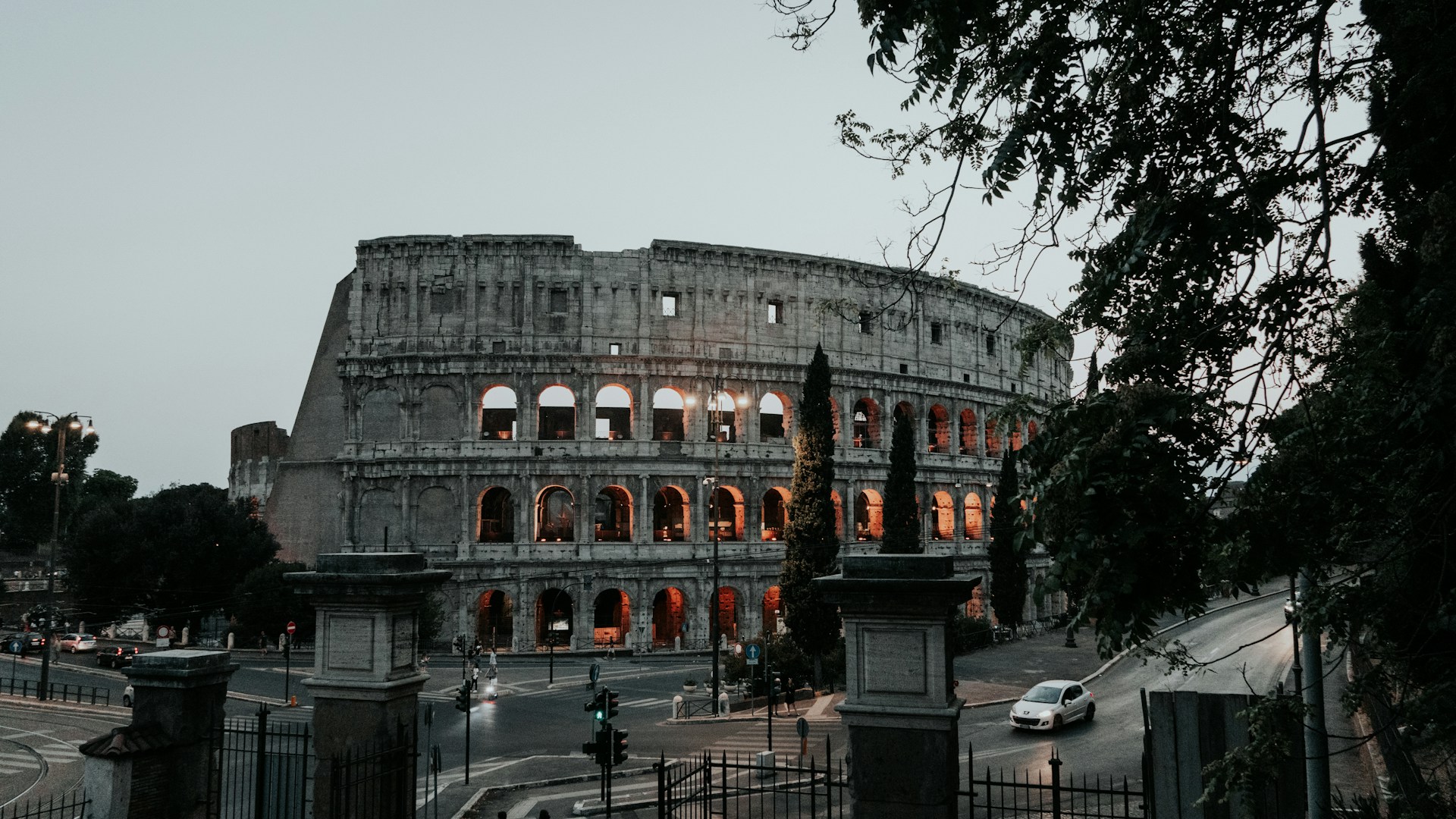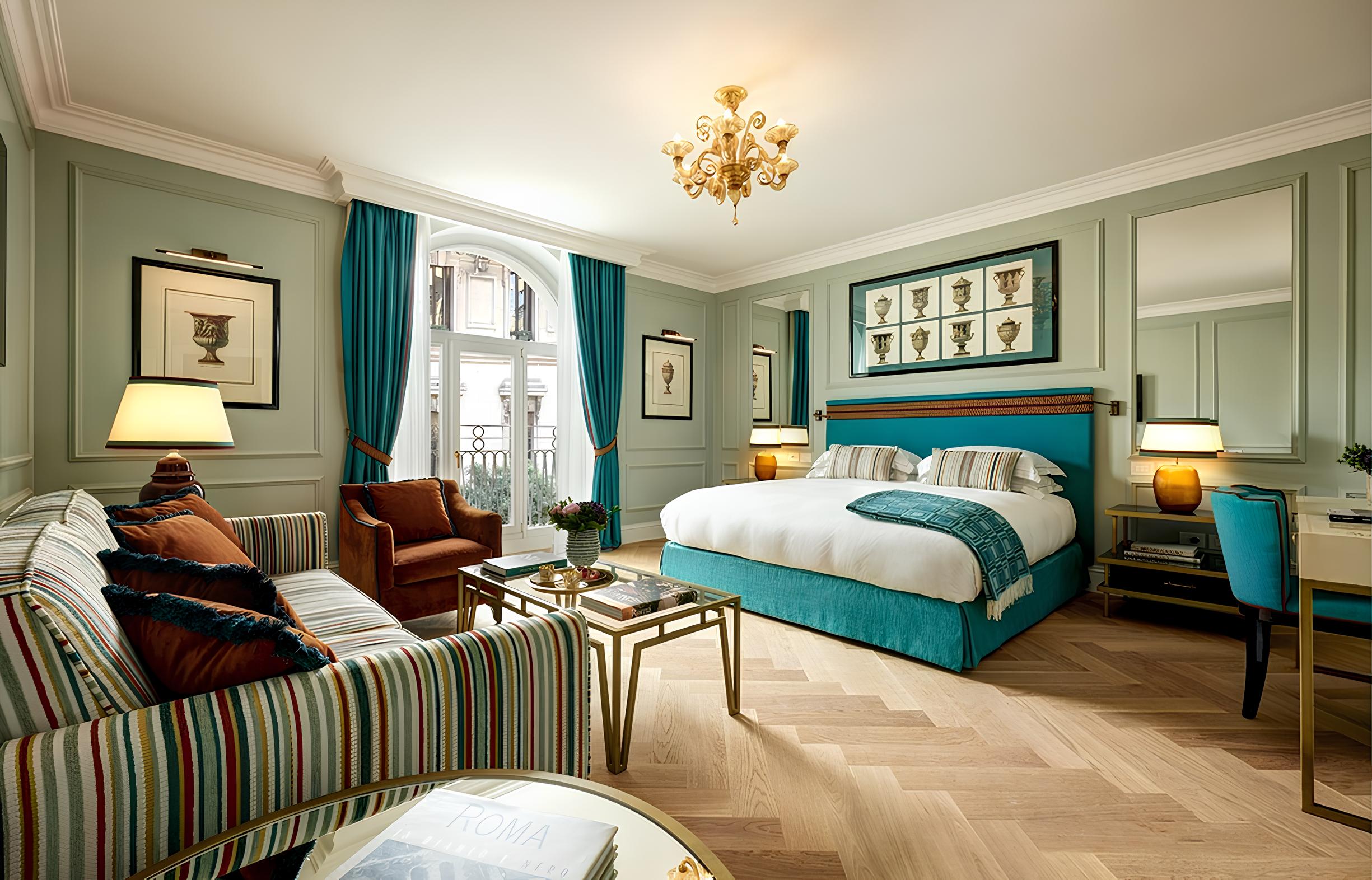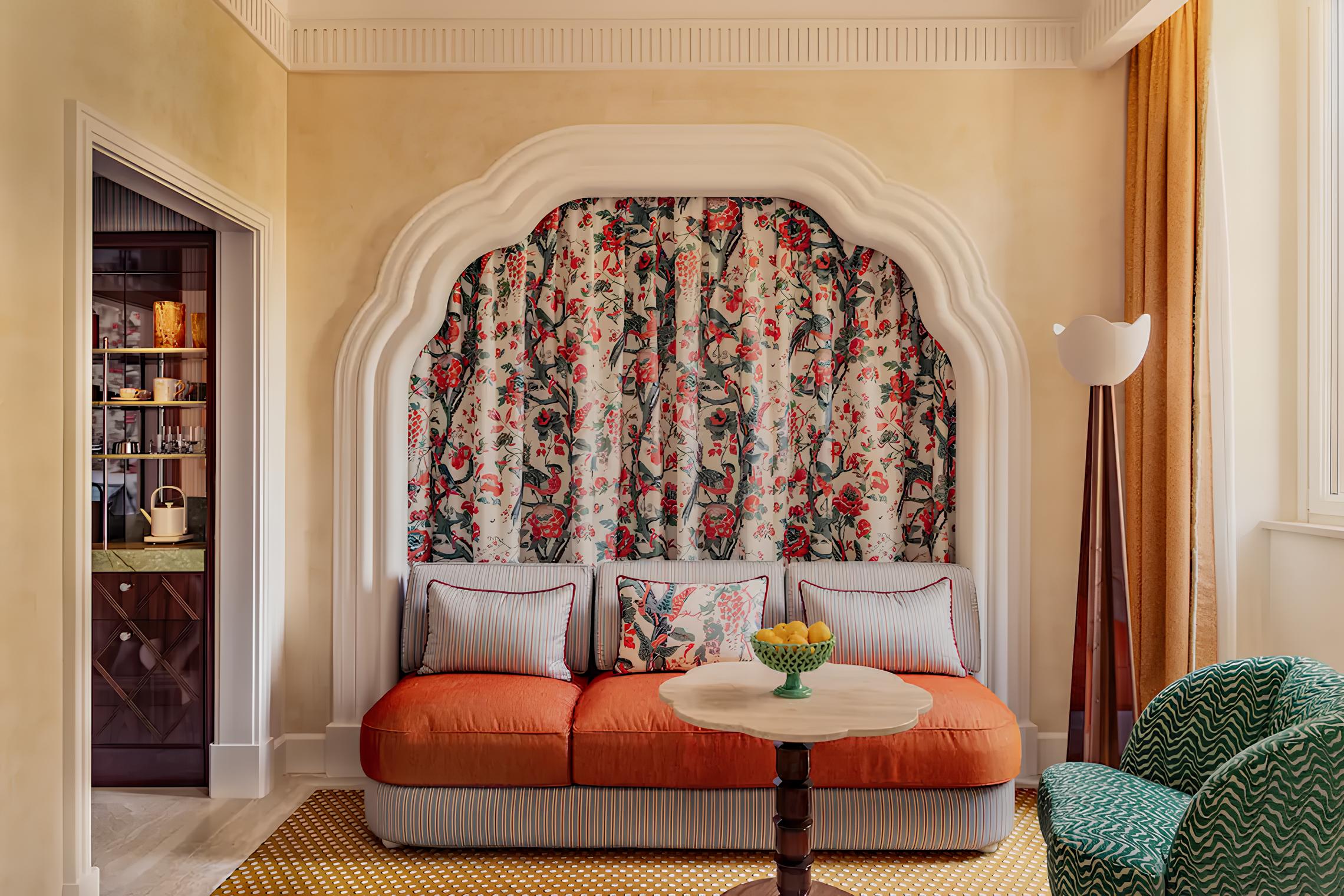Roman Elegance Rediscovered
Discover the best boutique hotels in Rome, from Monti to Piazza del Popolo, where history meets design and timeless elegance defines every stay.

Behind ornate façades and cobbled alleys, a new generation of hotels is reshaping the meaning of elegance in the Eternal City. Rome has always been a city of grandeur, where marble and mythology coexist with the hum of Vespas and the scent of espresso. Yet today, its beauty feels different, quieter, more deliberate, filtered through design, craftsmanship and a renewed sense of intimacy.
The Art of Timelessness
Rome has never rushed to impress. The morning light slides gently across domes and terraces, catching fragments of history on every corner. In Monti, one of the city’s most characterful neighbourhoods, the pace slows even further. Cafés spill onto cobblestone streets, vintage boutiques stand beside art galleries, and everything feels at once ancient and new.
Here, Casa Monti reflects this same spirit. Between the Colosseum and Via Cavour, it feels more like a private home than a hotel, a curated residence where art, texture and light define the atmosphere. Terracotta tones, linen drapes and marble accents give each space a sense of calm modernity. From the balcony, you see rooftops and laundry lines rather than monuments, and yet the view feels unmistakably Roman.
A City Built on Layers
To stay in Rome is to inhabit its layers of time. The past isn’t behind you; it surrounds you. Each street corner, courtyard and piazza holds centuries of life. The city’s new generation of boutique hotels has learned to live within that history, not above it.
At Palazzo Velabro, contemporary design meets classical structure in perfect balance. Steps from the Forum and the Circus Maximus, the building’s modern interiors are bathed in soft light that plays against travertine columns and arches. You can feel the conversation between eras in every room, history providing depth, design providing clarity.
Nearby, Palazzo Ripetta captures a more romantic side of Roman hospitality. Housed in an elegant 17th-century palazzo near Piazza del Popolo, it combines sculptural forms with warm tones and a garden that feels like a secret oasis in the heart of the city. Dining unfolds in quiet sophistication, where Italian tradition is served with contemporary flair.
These hotels are not imitations of old Rome. They are translations of beauty, culture and time into something that feels present.

The Rhythm of the City
Rome rewards those who move slowly. It’s best experienced not as a checklist of monuments but as a rhythm, the hiss of a coffee machine at dawn, the hush of churches at noon, the golden light that turns façades into fire at sunset.
In Trastevere, the city’s bohemian soul, locals gather in hidden courtyards over spritz and laughter. Across the river, the streets around Monti come alive with energy as day turns to night. The boutique hotels of this new Rome don’t separate you from that rhythm; they place you in the middle of it.
At Casa Monti, mornings begin with espresso on the terrace. At Palazzo Velabro, evenings end with a Negroni overlooking ancient stones. At Palazzo Ripetta, dusk slips into dinner beneath frescoed ceilings and candlelight. Each stay becomes a dialogue with the city — unhurried, sensory, deeply human.
Design with a Roman Accent
The design of today’s Roman hotels is rooted in feeling rather than form. Interiors favour light over luxury, texture over ornament. Materials like marble, oak and linen create spaces that feel both modern and timeless. Art and architecture merge into a language of calm sophistication.
This new aesthetic mirrors the shift in how people want to experience Rome: less spectacle, more substance. The grandeur remains, but it’s softened, filtered through quiet details and a human touch.

Rome, Eternal Yet Evolving
The Eternal City doesn’t reinvent itself; it reveals new layers. Its beauty is found in its contradictions: sacred and profane, ancient and modern, chaotic and serene. The hotels leading Rome’s renaissance understand this perfectly. They don’t try to define the city; they allow it to breathe through them.
To stay in Rome today is to rediscover elegance not as luxury, but as belonging. The sound of footsteps on cobblestones, the glow of evening on marble, the sense that history and design can share the same heartbeat. Elegance here isn’t a return to the past. It’s the art of feeling at home in the present.